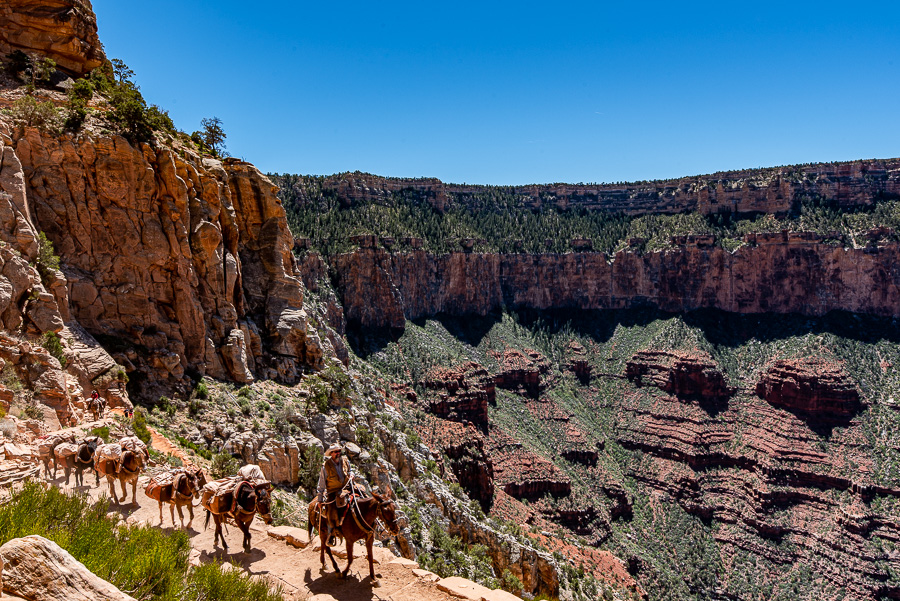“Which lens should I buy next?” At the BPW, we hear this question almost every day. To help give you some insider’s info, we’ve invited BPW student and perpetual travel photographer Maddox Grey to guest blog for us this week and compare some newer wide angle lenses to find out which one is her favorite. Take it away, Maddox...
A good wide angle lens is a must-have in any photographer’s collection, making your landscape shots more epic, wildlife photography more inclusive, and portraits more interesting. While not ideal as an everyday lens, in some circumstances a wide angle lens is practically a requirement—as I found out earlier this year on my weeklong trip around the Grand Circle to Zion National Park, Glen Canyon, Antelope Canyon, and the south rim of the Grand Canyon.
Because I’m a responsible photographer and not at all a person with a serious lens addiction (<sarcasm>), I decided to rent a couple of wide angle lenses to compare on this trip before making a purchase.
Which Lenses Did I Test?
After some initial research I settled on testing the Sigma 14-24mm f/2.8 DG HSM Art and the Tamron SP 15-30mm f/2.8 Di VC USD G2, both retailing at $1,299.
Did I already lose some of you because I neglected to include a Nikon lens (such as the Nikon AF-S NIKKOR 14-24mm f/2.8G ED) in this comparison? I hear you: “Clearly a brand like Nikon is going to have a superior lens to these third-party brands. I mean, it’s NIKON, right?” And you would be absolutely correct! If it was the year 2010.
Until the last five years or so, many of the third-party brands had a reputation as being cheaper builds with lower quality, and there was a very clear divide between them and the major brands like Nikon and Canon. But both Sigma and Tamron have worked hard to rebrand themselves as quality lenses that not only measure up to the name brands, but surpass them. Sometimes they achieve this and sometimes they don’t, but make sure you don’t dismiss them like you may have in the past.
Further Nikon sidebar: Speaking of 2010, you know what was almost three years old in 2010? The aforementioned Nikon AF-S NIKKOR 14-24mm f/2.8G ED lens, originally designed in 2007 and is pretty much the same as it was when it was released without any major improvements. It was a great lens then, and if you have one in your collection, it’s still a great lens. But the Nikon lens shows its age in terms of performance when compared to the Sigma and Tamron lenses, both of which came out in 2018, AND it costs $600 more. I will happily pay more money if I believe I’m getting more bang for my buck, but in this particular case the third-party lenses were the winners, and so they got to go on a trip with me.
Build Quality
Before we get to the fun part (photos!), let's spend some time on the build of these models. In case you were unaware, lenses are expensive (<sarcasm again>). So it’s important that they are built tough and can endure all sorts of environments. This is especially true for landscape lenses that are often used outdoors in less than ideal situations.
Mother Nature helped me out on this Grand Circle adventure by allowing me to fully test the durability of these lenses. I was caught in a downpour (not once, but twice) and a dust storm, and may or may not have slammed my camera against some rocks a few times while clinging desperately to a chain on a thin rail. I was not kind to my camera equipment. Don’t be like me. (Also, don’t go on Angel’s Landing in Zion National Park if you’re scared of heights.)
All that said, both of these lenses held up quite well, and equally. Tamron and Sigma have improved their weather sealing considerably and neither lens was impacted from the rain or almost constant dust. Both also have extra protection in the form of built-in lens hoods, which are common for super wide angle lenses, but also means that you can’t use filters of any kind, i.e. protective, polarizing, non-density, etc.
When it comes to the differences in the builds:
The Tamron lens is slightly lighter at 2.42 lb compared to the 2.53 lb of the Sigma lens; not really a noticeable difference.
The Tamron lens has image stabilization while the Sigma does not. However, because you’re probably using your wide angle lens for daytime landscape photography and/or with a tripod, you may find that this isn’t a dealbreaker for you.
Shot with the Sigma, 14mm
Shot with the Tamron, 15mm
Image Quality
On to the fun stuff: How do the lenses compare when it comes to actually taking pictures?
Autofocus: Both lenses have great autofocus systems, and both lenses have the same fault: a minimum focus distance of roughly 11”. This was easily the most frustrating aspect I found . Usually when you think of landscape images, you think of a vast landscape with both the foreground and background mostly in focus. But another way to take interesting landscape photographs (and wildlife photographs) is to have the subject fairly close in the foreground of the frame with the background…well…in the background, such as focusing on a single wild flower in a field full of flowers. These photographs tend to be very eye-catching, but they are harder to pull off when you have to be almost a foot away from your subject. When I was trying to accomplish this I often ended up switching lenses. Aside from this, both lenses were quick to autofocus and only slowed down slightly in lower light conditions.
Back to the comparisons:
Aperture: Both lenses also feature a maximum aperture of 2.8, which makes them excellent choices for astrophotography.
Distortion and vignetting: About the same in both lenses and considerably better than a lot of other lenses on the market.
Focal range: It’s pretty close at 14-24mm for the Sigma vs. 15-30mm for the Tamron with the latter giving you a little bit more wiggle room. I often found myself appreciating being able to zoom out a little more on the Tamron lens and felt that it provided a more functional range than the Sigma.
So at this point the lenses are pretty even and you’re basically flipping a coin to choose between them. But here is where that comes to an end: The Sigma is considerably sharper than the Tamron.
Even while shooting and reviewing images on the tiny screen on the back of my camera, I noticed a difference. If you decide you want to do further research on these lenses and read other reviews (don’t worry, I won’t be offended), you’ll see that sharpness is a common point in the comparisons. I don’t think it’s so much that the Tamron lens is lackluster in the sharpness area so much as the Sigma is just a ridiculously sharp lens.
Sigma Photos:
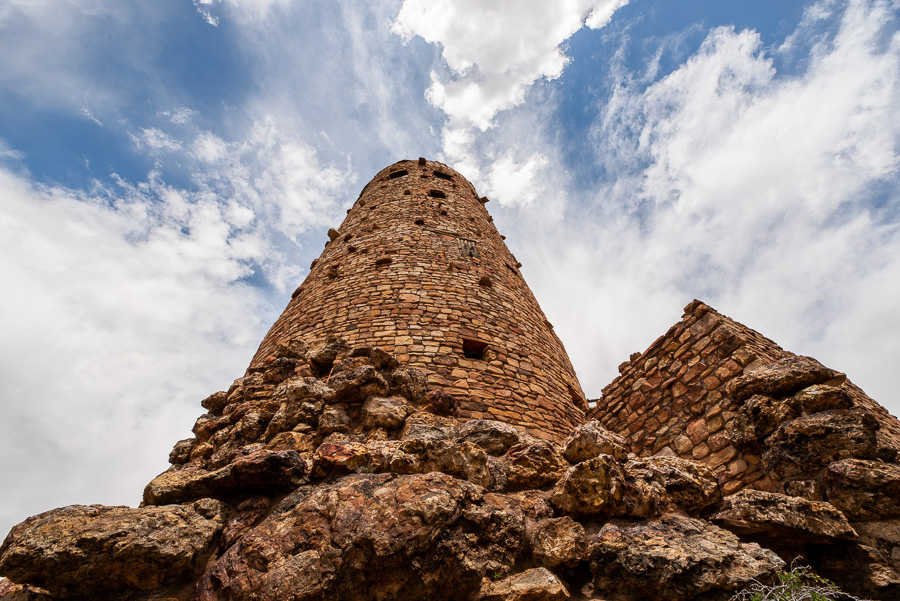
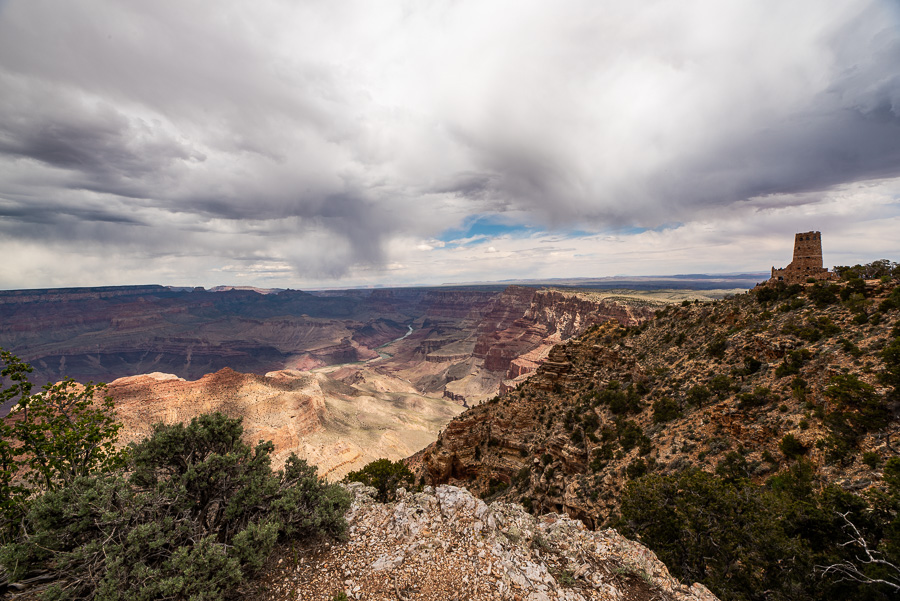
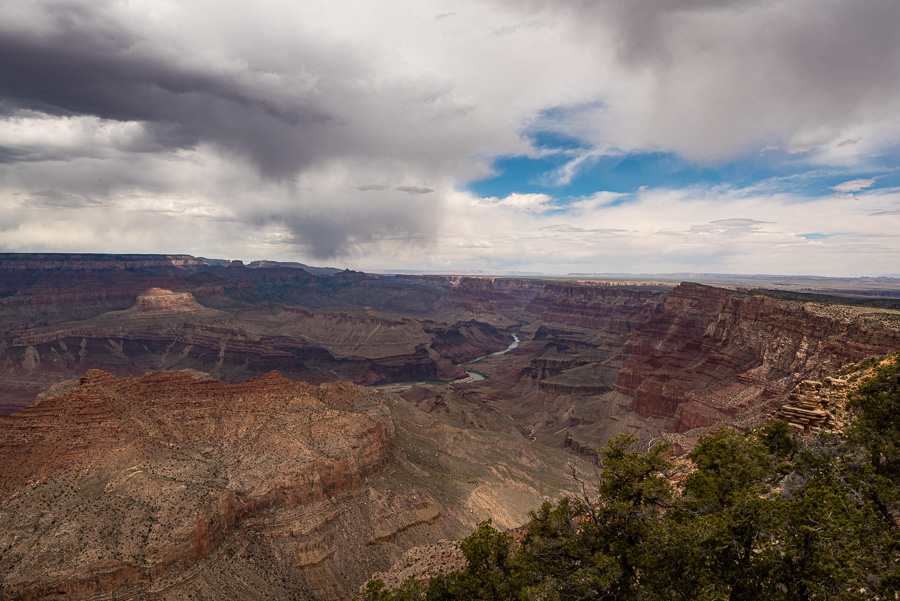
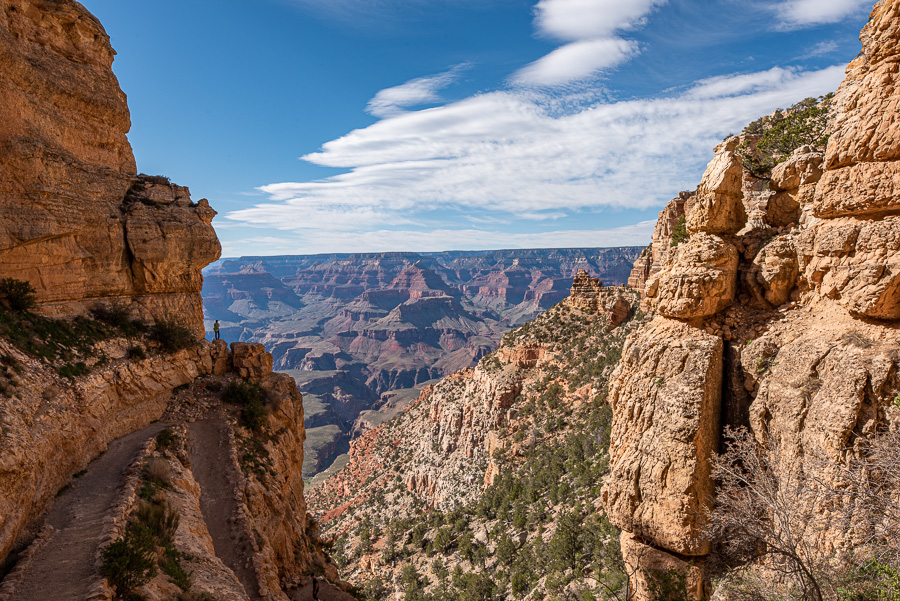
Tamron Photos:
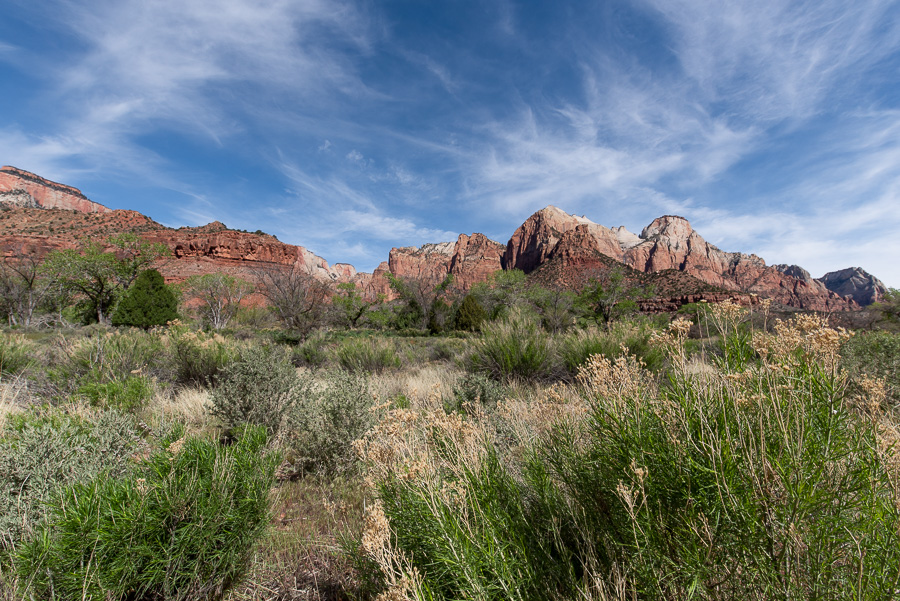
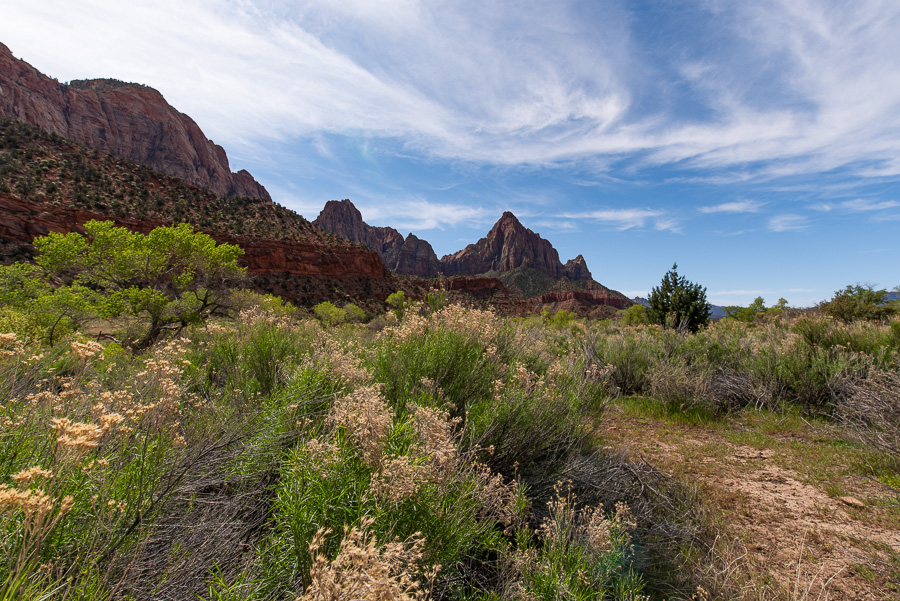
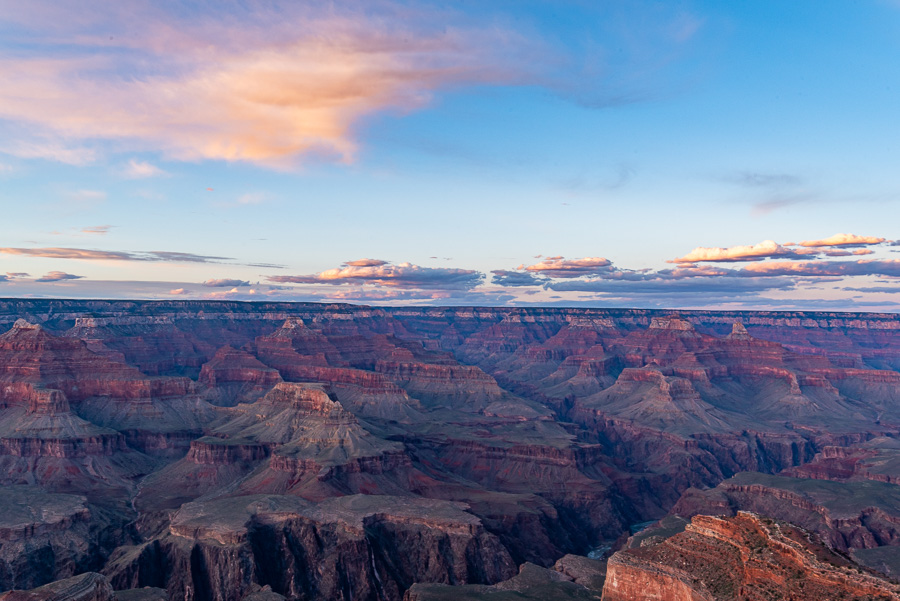
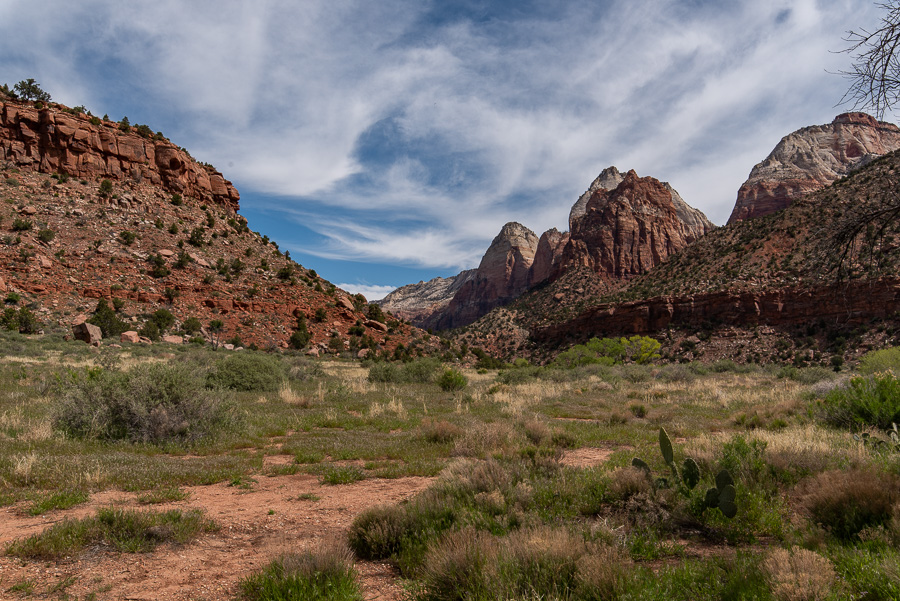
Conclusion
As an owner of six Tamron lenses, and someone who definitely entered this comparison with a bias towards the Tamron lens, I’ve got to give the winning prize to the Sigma 14-24mm f/2.8 DG HSM Art Lens because sharpness wins. The Tamron has a more useful focal range and in some cases the image stabilization might come in handy, but its sharpness simply doesn’t compare to the Sigma.
Now if you’ll excuse me, I’m off to apologize to all of my Tamron lenses…






